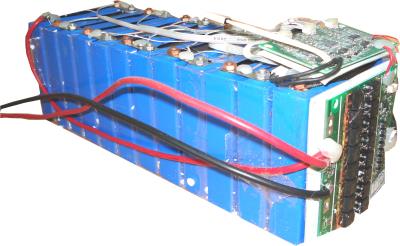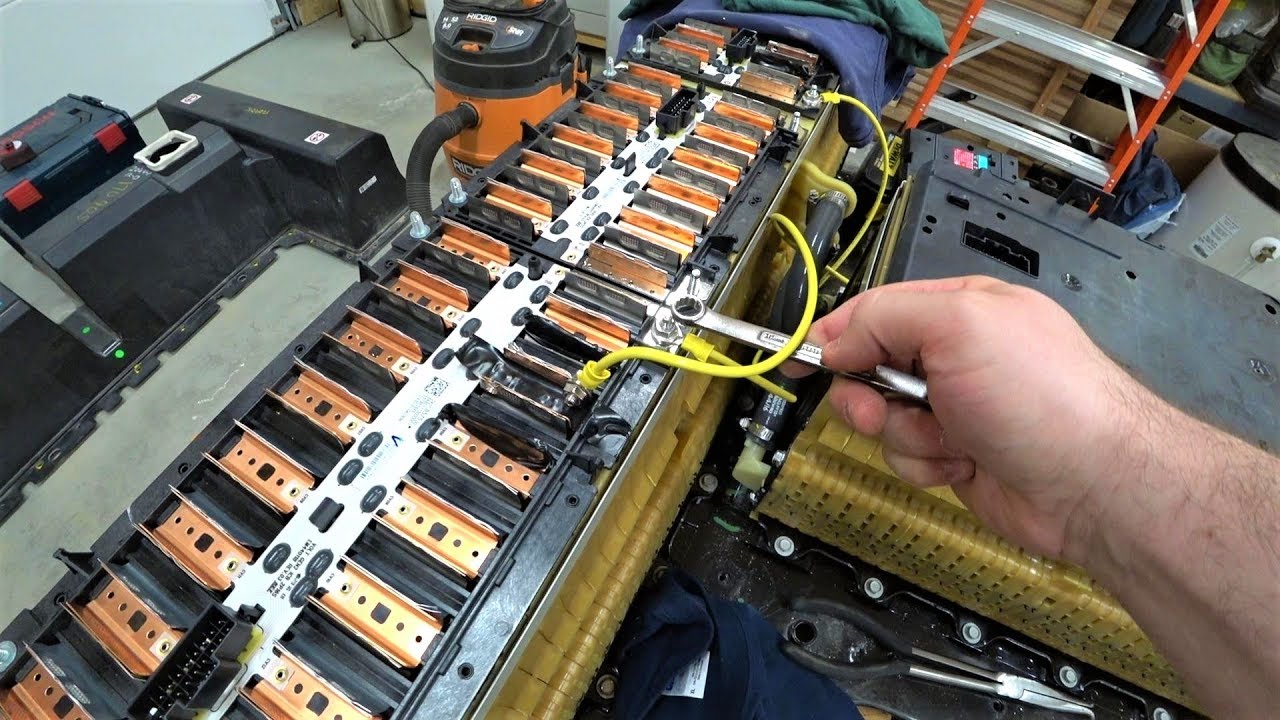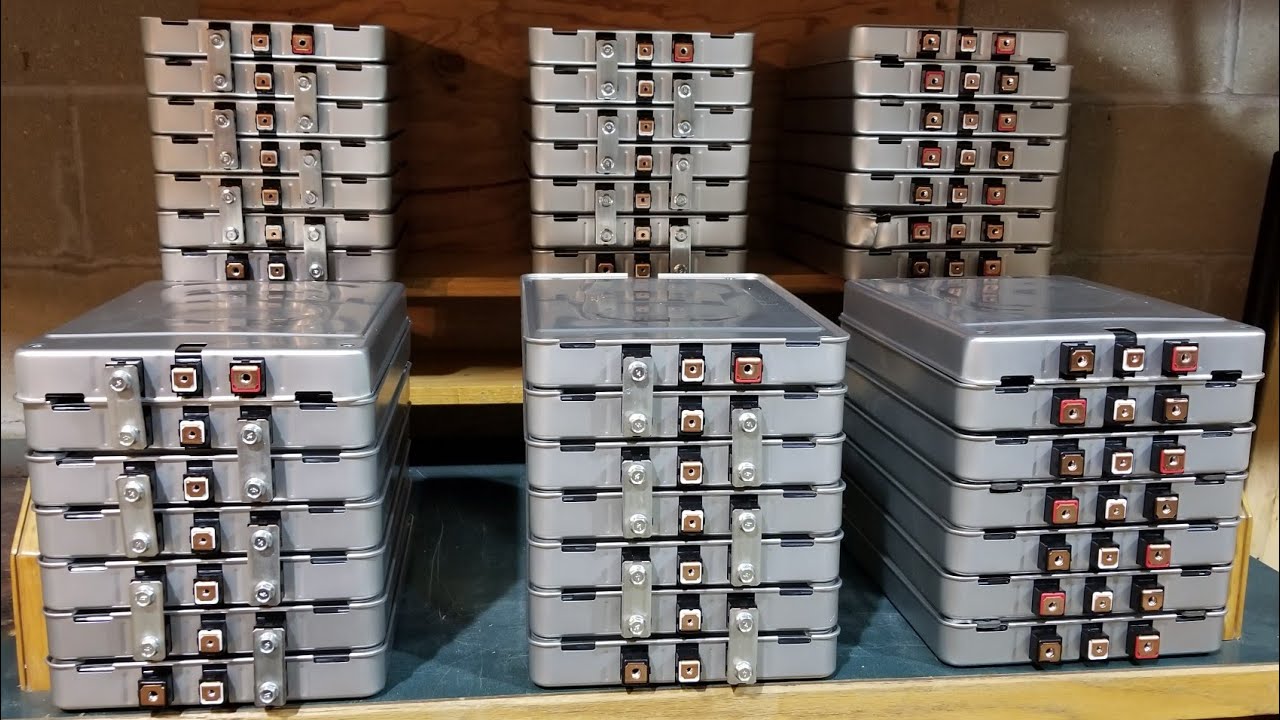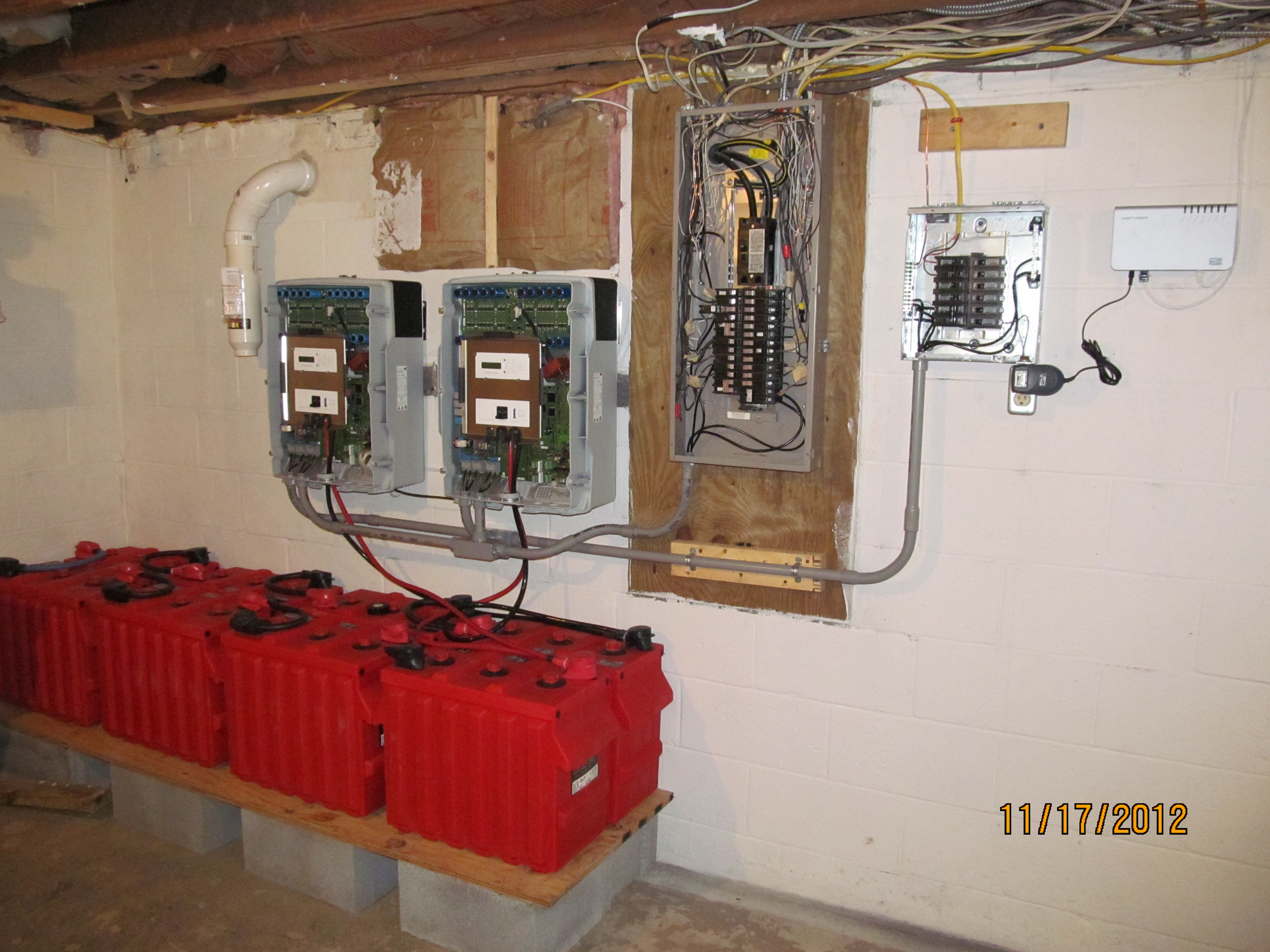NW-Bound
Give me a museum and I'll fill it. (Picasso) Give me a forum ...
- Joined
- Jul 3, 2008
- Messages
- 35,712
The grid-tie inverters I've seen that can "island" when the grid goes down so far have a single outlet capable of delivering a whopping 1500W...not much.
The MPP Solar inverter I saw will provide 3kW, if the panels can supply that. Multiple inverters can be synchronized to work in parallel, up to 6 units. That's 18kW total. Operation can be with or without batteries. If a battery is attached, it will manage the battery, meaning charging it when there is excess power, and drawing from it to supplement the solar panels when the demand is higher than the supply.
If batteries are full, and there's excess solar power, the unit will export to the grid. It can also be programmed to charge the battery at night to make use of the cheaper off-peak rate.
We will see more and more units like this.
That would be very useful to me. Mostly I want to keep the refrigerator running and a few LED lights in windowless rooms, like bathrooms. Obviously you'd want to have it hard wired like generator circuits are done.
What do you do for night time, if the solar system is battery-less?
Last edited:







